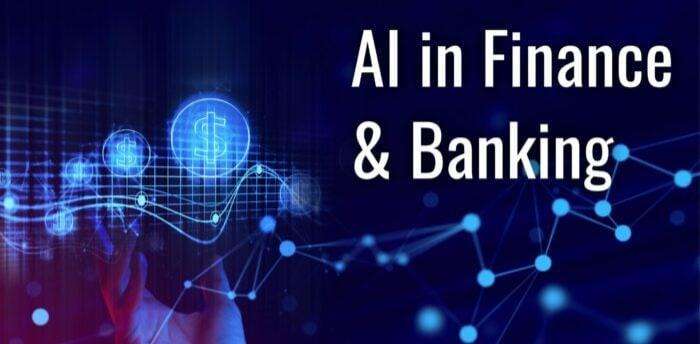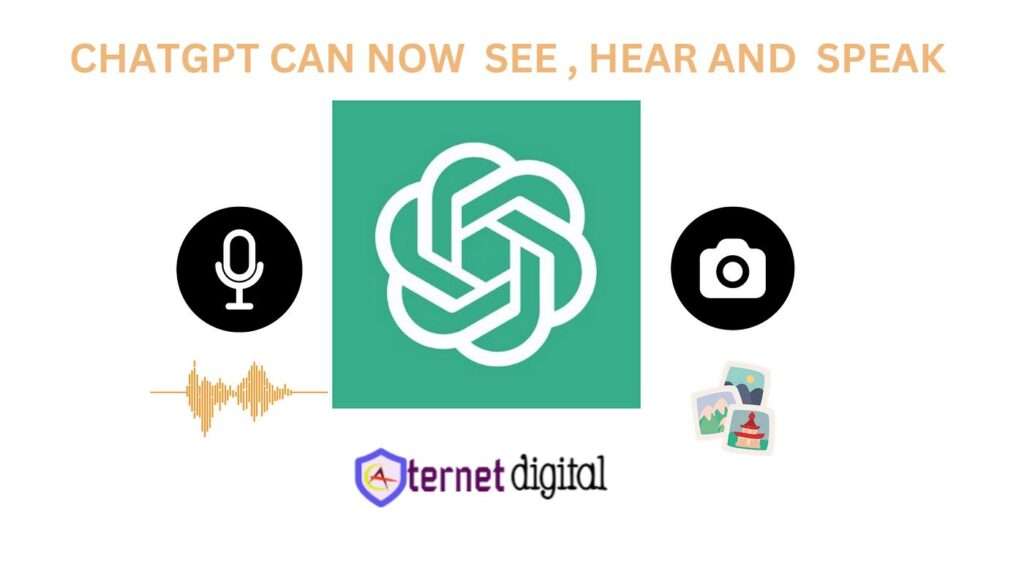
Data analysis and visualization are essential for any business that wants to gain insights from large and complex datasets.
However, traditional methods of data analysis and visualization can be time-consuming, costly, and prone to errors. That’s why more and more businesses are turning to artificial intelligence (AI) to enhance their data analysis and visualization capabilities.
AI is a branch of computer science that aims to create machines or systems that can perform tasks that normally require human intelligence, such as learning, reasoning, and problem-solving.
AI can help businesses analyze and visualize data faster, cheaper, and more accurately, by using various techniques and algorithms.
In this article, we will explore some of the best AI techniques and algorithms for data analysis and visualization, and how they can benefit your business in 2024 and beyond.
Machine Learning Algorithms
Machine learning is a subset of AI that focuses on creating systems that can learn from data and improve their performance over time, without being explicitly programmed.
Machine learning algorithms can extract patterns or make predictions on large datasets, by using techniques such as regression, classification, clustering, and reinforcement learning.
Machine learning algorithms can help businesses with data analysis and visualization in many ways, such as:
- Identifying trends, anomalies, and outliers in data
- Segmenting customers or markets based on their behavior or preferences.
- Recommending products or services based on user preferences or past purchases
- Optimizing pricing, inventory, or marketing strategies based on data-driven insights
- Detecting fraud, spam, or malicious activities in data
For example, Netflix uses machine learning algorithms to analyze and visualize the viewing habits and preferences of its users, and to provide personalized recommendations and suggestions for what to watch next.
Deep Learning
Deep learning is a subfield of machine learning that uses neural networks to model complex and nonlinear relationships in data.
Neural networks are composed of layers of interconnected nodes that process and transmit information, similar to how the human brain works.
Deep learning can handle large and unstructured data, such as images, audio, video, or text, and perform tasks such as image recognition, natural language processing, speech recognition, or sentiment analysis.
Deep learning can help businesses with data analysis and visualization in many ways, such as:
- Recognizing objects, faces, or emotions in images or videos
- Transcribing or translating speech or text in different languages
- Generating captions, summaries, or headlines for images or videos
- Analyzing the sentiment, tone, or intent of text or speech
- Generating realistic images, videos, or audio from text or other data
For example, Google uses deep learning to analyze and visualize the data from its Google Photos service, which allows users to store, organize, and share their photos and videos.
Google Photos can automatically recognize and label the people, places, and things in the photos and videos, and create albums, collages, animations, or movies based on them.
Natural Language Processing
Natural language processing (NLP) is a branch of AI that deals with the interaction between computers and human languages.
NLP can help computers understand, analyze, generate, or manipulate natural language data, such as text or speech.
NLP can use techniques such as tokenization, stemming, lemmatization, part-of-speech tagging, named entity recognition, sentiment analysis, topic modeling, or text summarization.
NLP can help businesses with data analysis and visualization in many ways, such as:
- Extracting key information or insights from text or speech data
- Creating interactive and conversational interfaces or chatbots
- Generating natural language reports or summaries from data
- Visualizing text or speech data using word clouds, graphs, or charts
- Enhancing the readability, clarity, or quality of text or speech data
For example, Amazon uses NLP to analyze and visualize the data from its Amazon Alexa service, which is a virtual assistant that can respond to voice commands or queries.
Amazon Alexa can understand and process natural language requests from users, and provide relevant information, services, or actions, such as playing music, ordering products, booking flights, or controlling smart devices.
Conclusion.
AI is revolutionizing data analysis and visualization in 2024, by using various techniques and algorithms that can help businesses gain valuable insights from large and complex datasets.
AI can help businesses with data analysis and visualization in many ways, such as identifying trends, segmenting customers, recommending products, optimizing strategies, detecting fraud, recognizing objects, translating languages, generating captions, extracting information, creating interfaces, generating reports, or visualizing data.
By using AI for data analysis and visualization, businesses can save time, effort, and costs, reduce decision-making bias, create customized visualizations, generate detailed reports, improve data quality, and ultimately, make better, data-driven decisions that drive their business forward.
If you want to learn more about how AI can help your business with data analysis and visualization, or if you need help with implementing AI solutions for your data needs, feel free to contact us. We are a team of experts in AI, data science, and data visualization, and we can help you achieve your data goals in 2024 and beyond.
I hope you liked this example of a blog article. Please let me know if you have any feedback or questions.
RELATED ARTICLES
- The best AI resources and communities for learning and networking
- How AI is changing the way we communicate and interact
- The best AI Start-ups and companies to watch in 2024
- The best AI practices and tips for developers and engineers
- The best AI platforms and services for cloud computing









